L’Alfàs Natural Territory, the best choice each year.
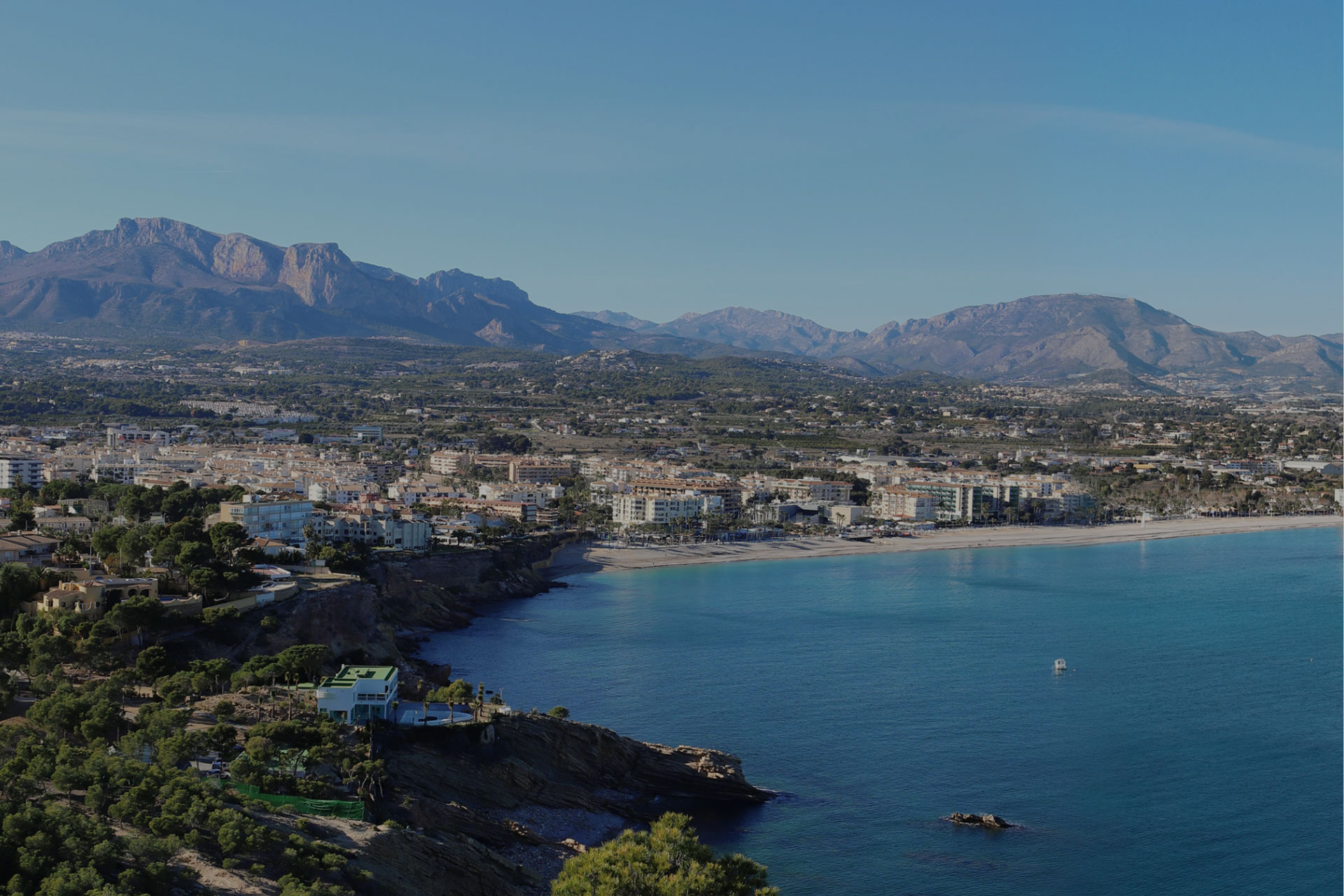
L’Alfàs Natural Territory
L’Alfàs del Pi is a unique town in the Valencian Region, awarded by the European Foundation for Environmental Education with seven Blue Flag emblems, symbols of quality, good management and excellence.
The locations with this emblems are:
Racó de l'Albir Beach: Blue Flag since 1987
Path to the Lighthouse: Blue Trail since 2013
Albir Lighthouse: Blue Centre since 2013
CEA Carabineros: Blue Centre since 2017
CIMP Los Carrascos: Blue Centre since 2018
Albir Quarry: Blue ensignia for recovered spaces since 2020
Albir Roman Villa Museum: Blue Centre since 2021
Racó de l’Albir Beach
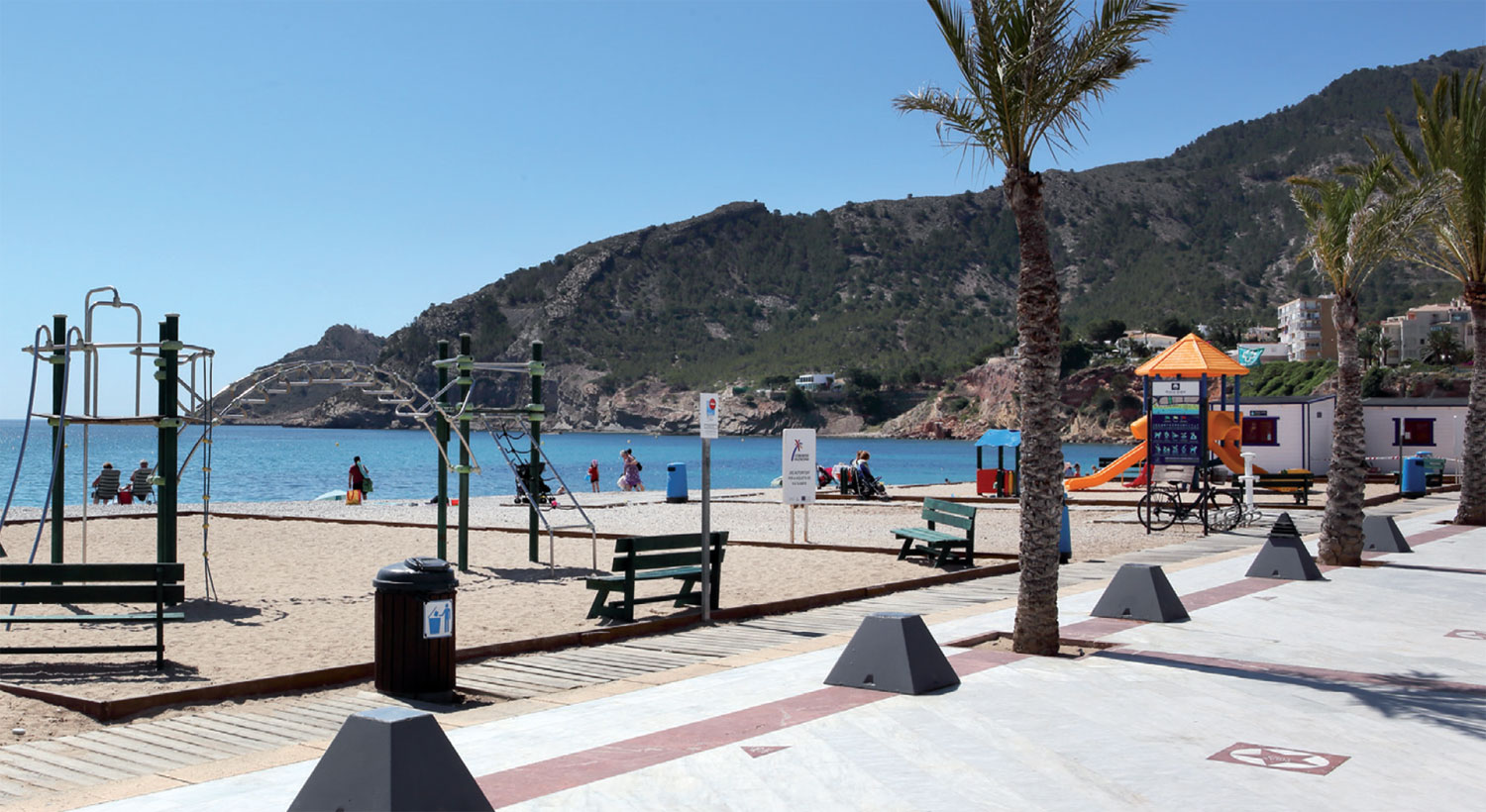
One of the most spectacular spots in l´Alfàs del Pi is, without a doubt, its beach front.
Racó de l’Albir is located on the slope of Serra Gelada mountain range and, from its beach of white pebbles, you can enjoy one of the most spectacular views of the Alicante coastline.
The beach and its seabed are part of the Serra Gelada Natural Park´s protected area, with a large variety of different animal species and an extended meadow of Posidonia Oceanica seagrass, an essential plant for its marine ecosystem. Its waters are, therefore, the perfect place to go scuba diving.
To enjoy the views we can walk along the Paseo de las Estrellas boardwalk, where tribute is paid to awarded actors and actresses from l´Alfàs del Pi´s Film Festival.
At the start of the boardwalk, close to the cliffs, we can find the impressive sculpture of an anchor made by the artist Jorge Castro. In this area you can find the tourist office and various cultural activities that are celebrated every summer as part of the Estiu Festiu cultural programme.
The Artisans Fair also takes place on the boardwalk and, for the kids, there are various play areas and scheduled workshops at the beach library.
The beach library is accessible and has an assisted bathing area for people with limited mobility.
The beach´s waters and the services it offers has been receiving the Blue Flag Bandera Azul award consecutively for over 30 years.
Path to the Lighhouse
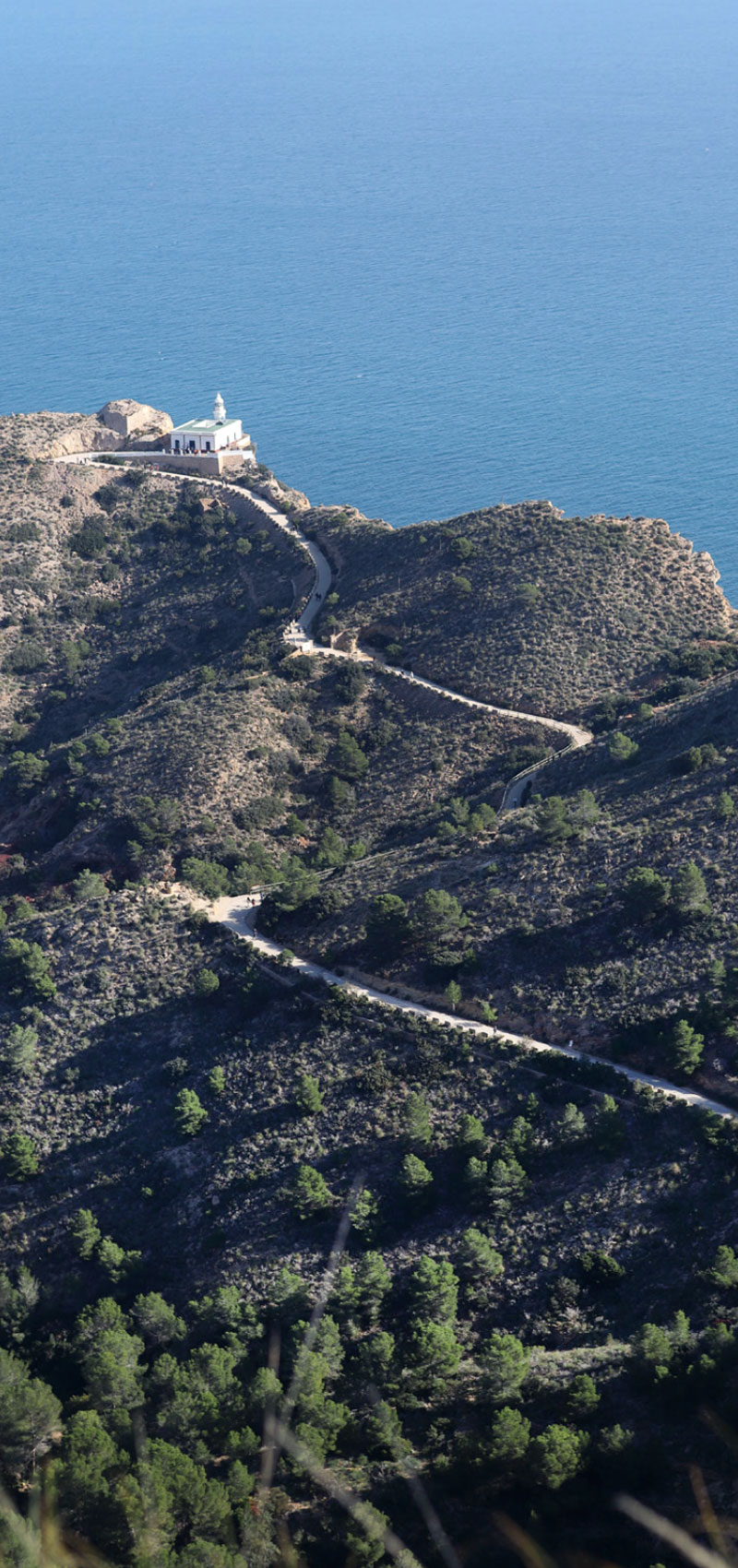
The blue paths are routes along the coast that link or leave from beaches, ports or environmental centres that have received a Blue Flag award.
The purpose of blue paths is to diversify the tourist offer of sun and beach, helping to underline and promote the natural and cultural heritage of the coast and the towns that have received a Blue Flag. Along these paths we can find old coast trails and tracks that have been travelled along for centuries.
The award handed out in 2013 to the Camí Vell del Far path acknowledges the efforts made to recover the old service trail to the lighthouse built in the mid 20th century. This path, part of Serra Gelada Natural Park´s red route, includes many geological, natural and cultural elements along the way, as well as displaying amazingly beautiful landscapes.
A project was carried out in 2012 to include interpretative content to the lighthouse path and is today a valuable resource for the heritage and environmental education of l´Alfàs del Pi, becoming one of the main tourist attractions of the town.
The Lighhouse Interpretation Centre
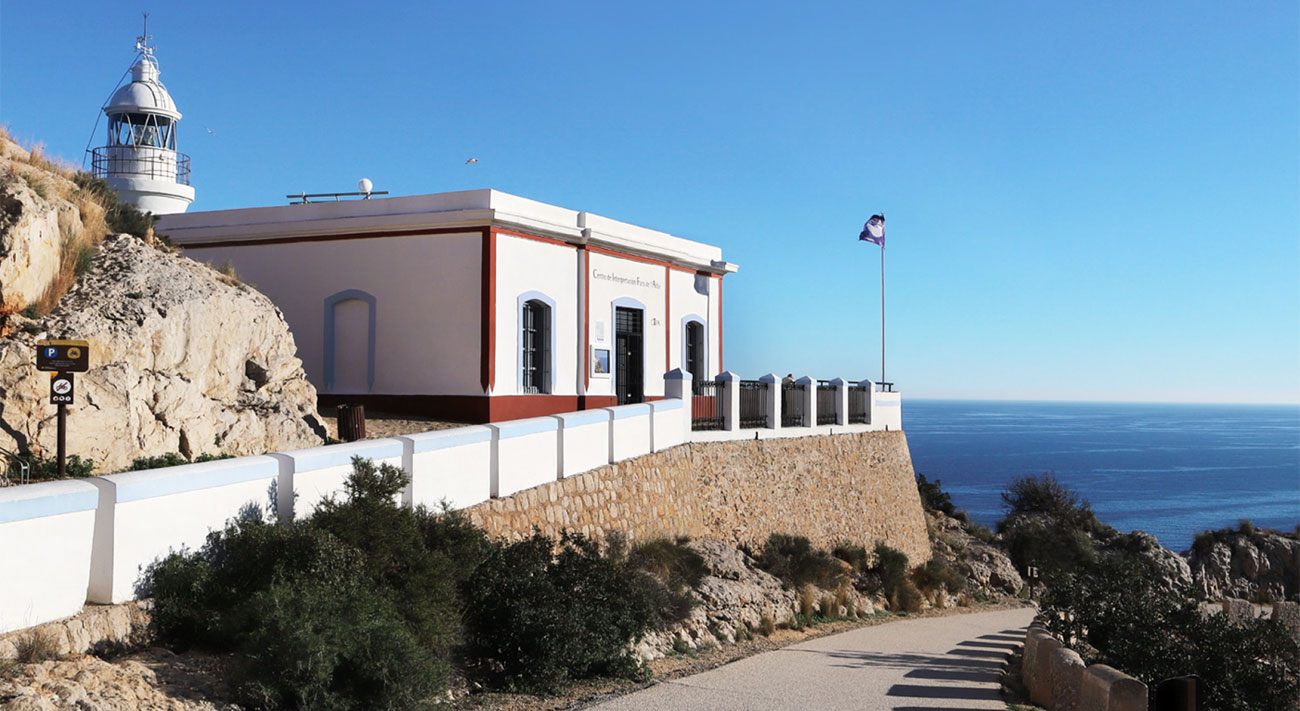
Albir lighthouse is an historical and singular building built in 1863 that marks the northern point of Serra Gelada. The building was inhabited by two lighthouse keepers until the sixties, when the constant presence of a technician there was no longer necessary. Although the light has never ceased to shine, a lack of maintenance caused the gradual decay of the structure until 2011 when the l´Alfàs del Pi Town Hall renovated the building.
An exhibition centre on the nature and history of Serra Gelada was designed in the rooms where the two lighthouse keepers originally lived. Presently, the Albir lighthouse is the only lighthouse in the Valencian Community with a shared use, both as a maritime beacon and as a cultural centre.
Since 2013 it is a Blue Centre, a symbol of quality, good management and excellence.
Carabineros Environmental Education Centre
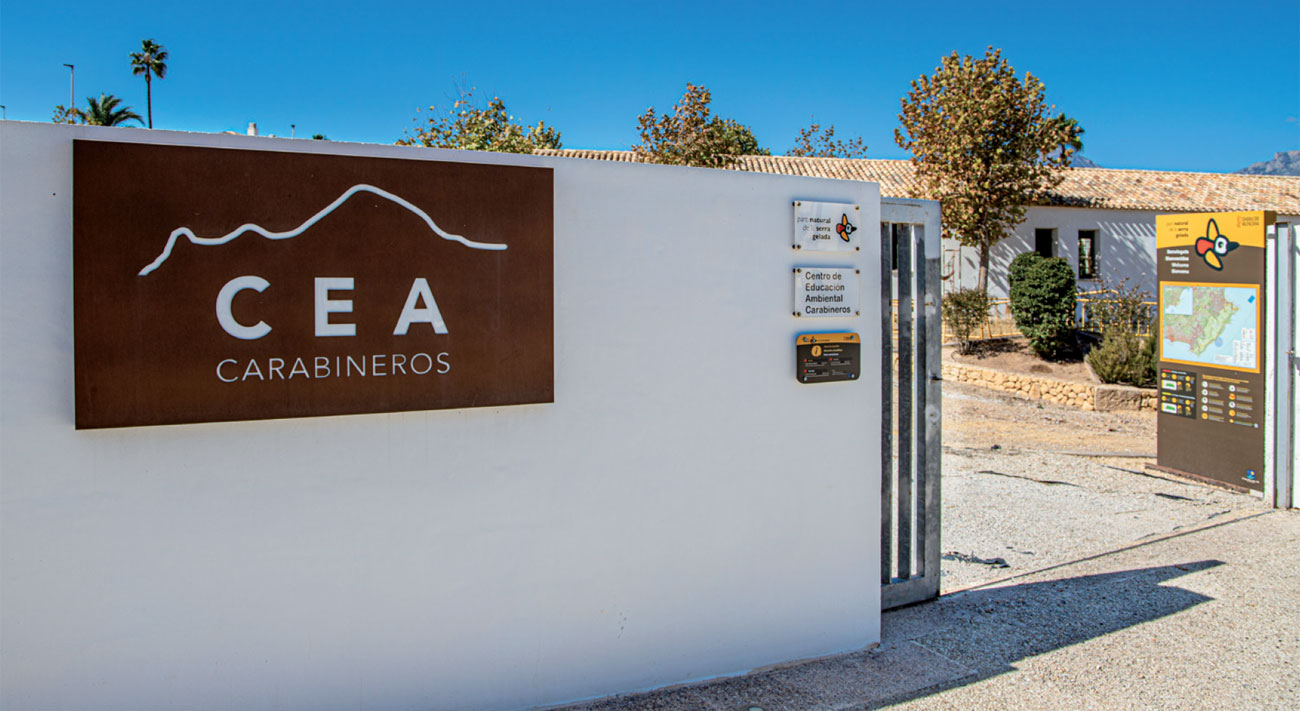
Inside the Cuartel de los Carabineros (Carabineers Station) in Albir, one of the oldest buildings in l´Alfàs del Pi built in 1829, the same year the royal carabineer corps for borders and coasts was created in Spain. With the buildings rehabilitation, a significant element of the town´s history has been recovered from the threat of disappearing due to a lack of maintenance. Open to the public since February 2016, the first phase of its renovation has consisted in restoring part of the building and its surroundings, opening an office and public visitor area for the Serra Gelada Natural Park offices. A second phase will include the opening of a multi purpose room for seminars, exhibitions and school visits.
CEA Carabineros environmental education centre received a Blue Centre award in 2017.
C.I.M.P. Los Carrascos Landscape Interpretation Centre
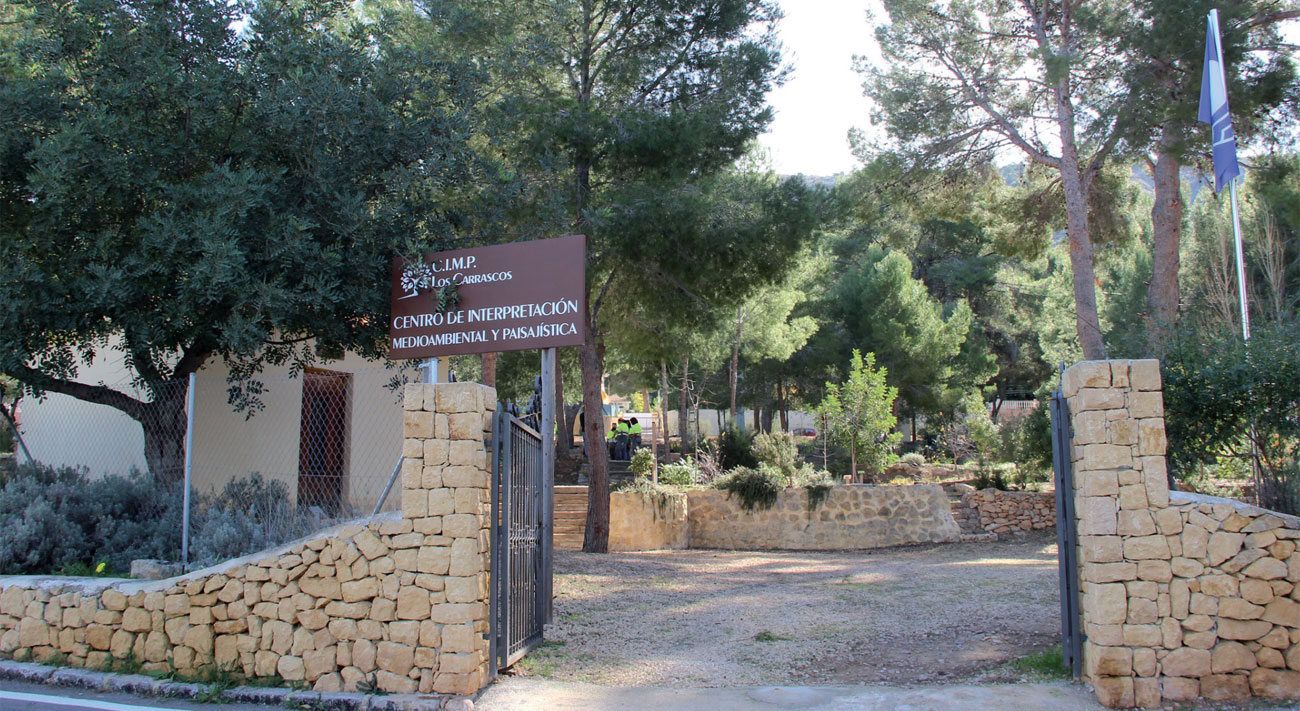
Los Carrascos is an environmental and scenic interpretation centre with over 200 different botanical species, making it one of the largest concentration of native plants in any forested area of the Valencian Community. It is also a flora conservation centre that recovers species that are both declining or close to extinction.
This 11.000m2 ecosystem was designed as an interpretative visit with different defined areas for instructional and educational purposes.
This centre also has a workshop and obtained the Blue Centre emblem in 2018, a symbol of its quality and excellence.
Albir Quarry
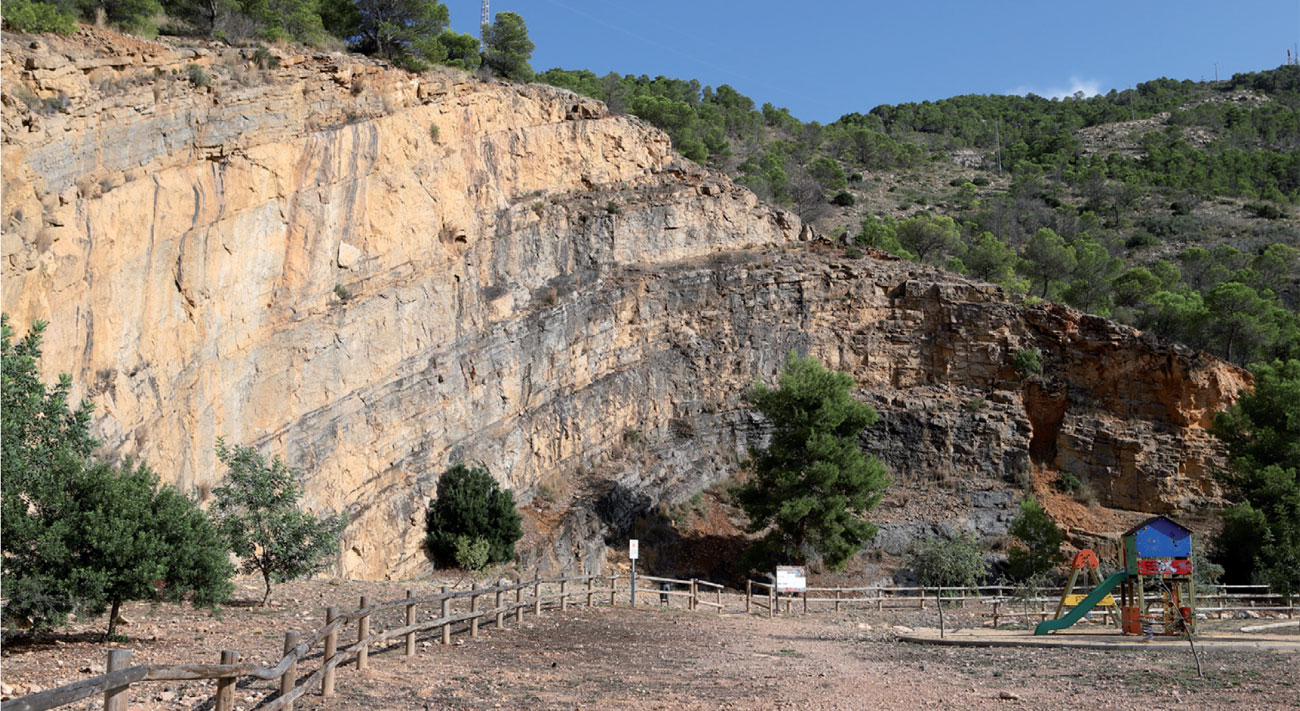
In collaboration with Serra Gelada Natural Park, l´Alfàs del Pi Town Hall has recovered this spot next to Albir´s old quarry as a recreational and sustainable leisure area inside the Natural Park.
This leisure space has been reforested with over 400 native plant and tree species such as oak, rosemary, palm, olive and lentisk. Some 30 other trees have been planted there such as carob or almond.
It has a recreational area with picnic tables, a spectacular viewpoint with a scenic view of the landscape and a 30 metre high vertical via ferrata climbing ladder.
It is an important natural heritage restoration project that also promotes environmental and sustainable tourism, creating a new itinerary and recreational area inside the Natural Park.
Since 2020 is has been recognized as a Blue Centre.
Roman Villa Open Air Museum
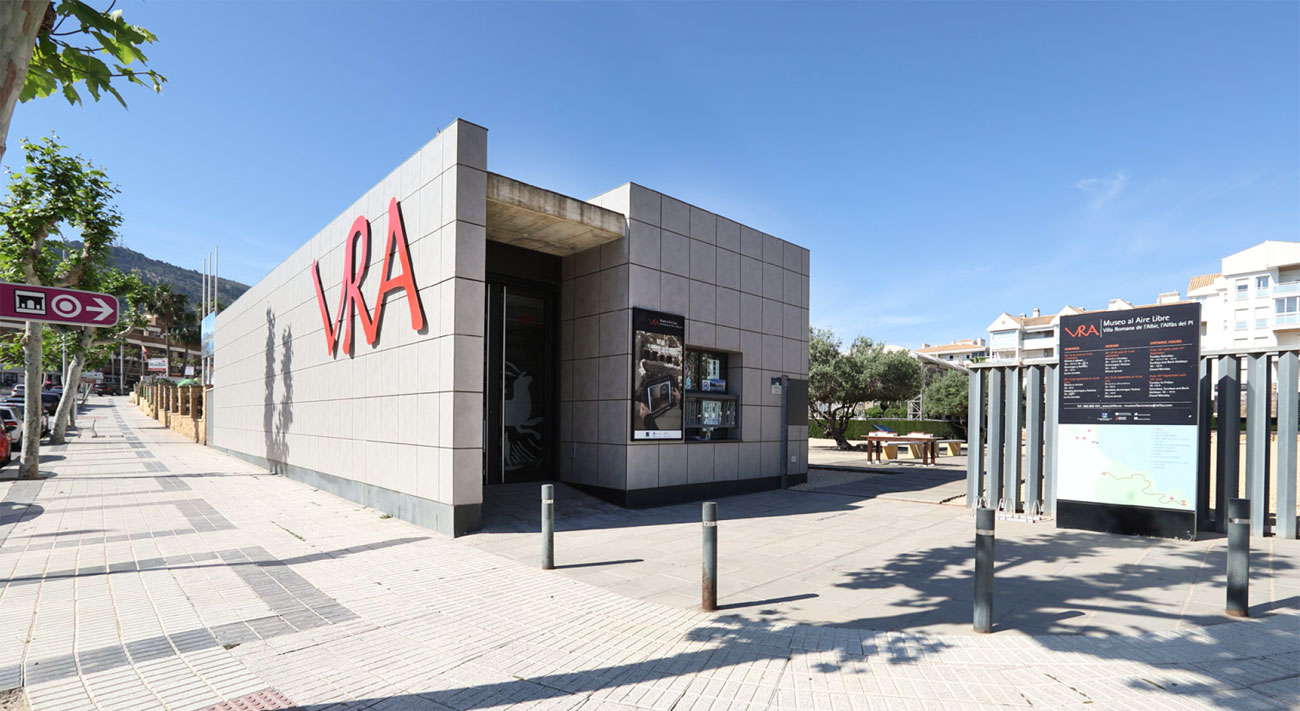
In 1979, a series of works close to Albir Beach revealed bones from a Roman era burial site. During the eighties and nineties of the 20th century, archaeological excavations uncovered a site of great heritage and scientific value composed of an extensive necropolis, a mausoleum and a villa. This whole complex was dated back to between the 4th and 7 th century AD.
The Roman Villa Open Air Museum in Albir, the first of its kind when recognized by the Valencian government, was inaugurated on the 26th March 2011. Since its opening, there have been guided visits for groups, schools and associations, while the Festiu Estiu festival in summer uses the facility for music concerts and other cultural events, being well received by spectators.
At the Museum you can visit the thermal baths of the villa thanks to a virtual Augmented Reality guide and get to know through a 360 degree Virtual Reality video the convivium ritual, the Roman banquets. The visit continues onto the mausoleum, a funeral building that contained the burials of an important family, possibly the villa´s owners.
This centre achieved the Blue Centre award in 2021.
